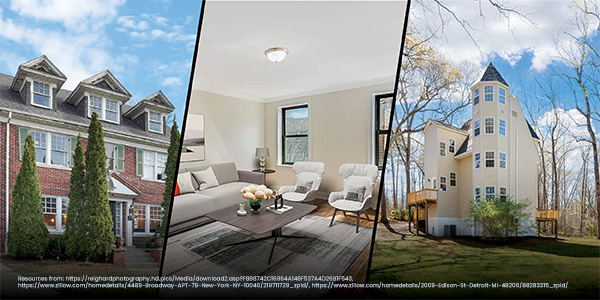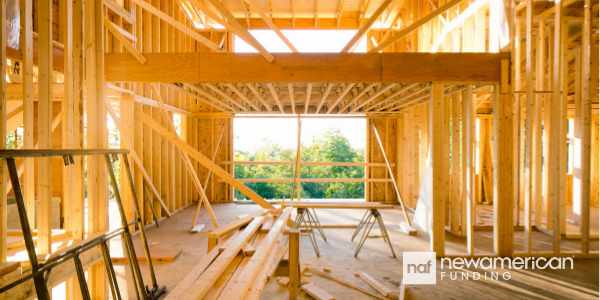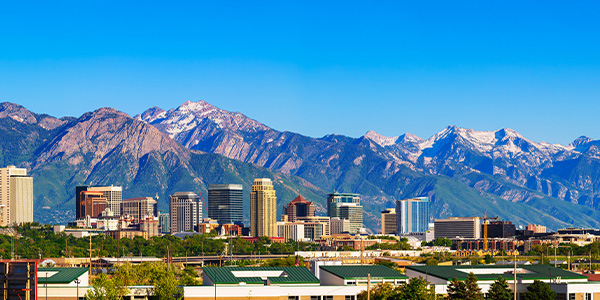Housing News
Will Super-Low Mortgage Rates Make a Comeback—Or Have They Hit a New Normal?
May 16, 2025
Today’s homebuyers may long for the days when mortgage interest rates were under 3% during the pandemic. However, they may not want to hold out for rates to fall back to record lows like they did in 2021.
That’s because mortgage rates in the mid- to high-6% range may be the “new normal” in the housing market—at least for now.
Rates averaged 6.81% for 30-year, fixed-rate loans in the week ending May 15, according to Freddie Mac. That’s around the same level that rates have been for several months now.
“The rates of 3% are the extreme anomalies that don’t happen very often,” said New American Funding Chief Investment Officer Jason Obradovich. “So, while it might happen again in our lifetime, it should not be the expectation.”
There isn’t just one reason mortgage rates are elevated above the all-time lows of a few years ago. The U.S. Federal Reserve is keeping short-term interest rates steady to combat inflation. And while the Fed’s rates and mortgage rates are separate, they generally move in the same direction.
Uncertainty in the financial markets surrounding tariffs is also keeping mortgage rates higher than many buyers would prefer.
“It’s the new normal for now,” said Ali Wolf, chief economist of the building consultancy Zonda. “[However,] mortgage rates can move a lot day-to-day based on national news.”
Will 3% mortgage rates ever return to the housing market?

Homebuyers got used to lower rates in the 2010s. During that decade, mortgage rates bounced around in the 3% and 4% range as the nation came out of the Great Recession.
Then COVID-19 hit and millions of Americans suddenly found themselves out of work.
Rates hit record lows during the pandemic because the Fed cut its own interest rates to stimulate the economy. That put downward pressure on mortgage rates, driving them to new lows.
“We don’t want mortgage rates to go back down to 3%,” said Wolf, “There needs to be some sort of catastrophe to make that happen. Rates do not go down to 3% when things are good in the economy.”
Mortgage rates began rising in 2022 as the Fed started raising interest rates. They topped 6% in mid-September of that year, according to Freddie Mac.
High rates aren’t as unusual as they may seem. Mortgage rates were in the double digits for most of the 1980s, briefly topping 18% in late 1981, according to Freddie Mac data.
When will mortgage rates fall?
While mortgage rates are expected to stay elevated for now, they will likely come back down.
Eventually they should fall to between 5.5% to 6.5%, said New American Funding’s Obradovich.
“The question is just timing,” he said.
In April, the Mortgage Bankers Association forecasted that the Fed would cut rates three times in the second half of 2025—unless inflation revved back up again. This would help to push mortgage rates down.
“[Mortgage rates] haven’t come down because of all the uncertainty in the financial markets. It’s being driven by the talk of tariffs, inflation, and taxes,” said Ken Johnson, chair of real estate at the University of Mississippi. “As uncertainty becomes less uncertain, that should bring interest rates down.”
Higher mortgage rates are keeping home prices in check

The bright spot for homebuyers is that higher mortgage rates are keeping home prices in check. Despite the strong demand for homes, buyers can’t afford for prices to keep shooting up. Higher mortgage rates make monthly housing payments more expensive.
“[Buyers] cannot afford the higher monthly payments,” said Johnson. “At some point, people begin to say that the price is too high, I think we should rent.”
That’s resulting in sellers not being able to ask for as much in some parts of the country or having to cut their prices to attract buyers. About 18% of all listings had price reductions in April, according to Realtor.com data.
“For a lot of homebuyers, higher interest rates means housing affordability is still going to be a top concern and buying a home is still going to be expensive.”
That may present opportunities for buyers to negotiate with home sellers, especially in areas where there are more homes going up for sale.
“You don’t need to accept home prices where they are today in many housing markets,” said Wolf. “Ask them to drop the price a little bit, ask them to do some of the repairs.”
Should homebuyers wait for mortgage rates to fall?
If mortgage rates were to fall below 6%, there would likely be a rush of homebuyers getting into the market. That could herald a return to bidding wars, offers over the asking price, and lead prices to go up again
Lower rates could also lead to a shortage of homes for sale, giving buyers fewer choices.
However, buyers who purchased properties before rates came down may be able to refinance their mortgages into a lower rate. This could save them money each month on their mortgage payments.
“Don’t try to time mortgage rates,” said Wolf. “You can always refinance.”






 Smart Moves Start Here.
Smart Moves Start Here.